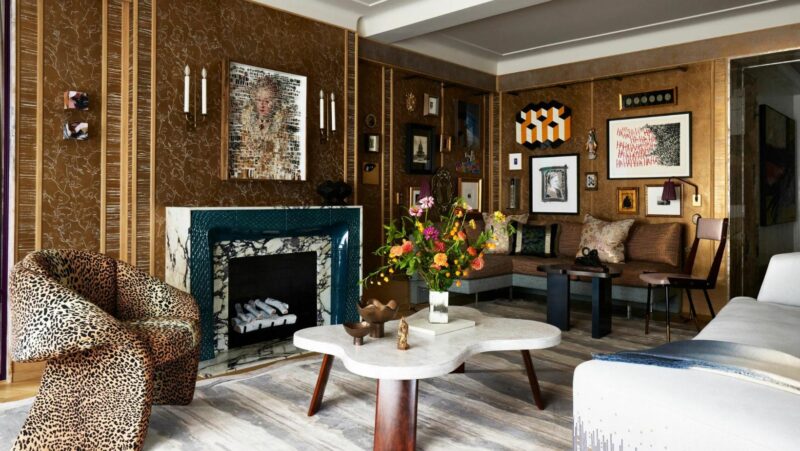Table of Contents
ToggleArt Deco Design
Art Deco design is a style that emerged in the early 20th century, characterized by its bold geometric shapes, vibrant colors, and luxurious materials. It draws inspiration from various artistic movements, including Cubism, Fauvism, and Futurism. The Art Deco movement influenced architecture, fashion, art, and interior design.
One of the hallmarks of Art Deco design is its emphasis on symmetry and repetition. Clean lines and streamlined forms are prevalent in Art Deco pieces, reflecting a modern and glamorous aesthetic. This style often incorporates exotic motifs such as sunbursts, chevrons, and zigzags to create striking visual impact.
Art Deco design reached the height of its popularity in the 1920s and 1930s before gradually waning in the post-World War II era. However, its influence can still be seen today in contemporary design trends. From skyscrapers to jewelry to furniture pieces, Art Deco continues to captivate with its timeless elegance and sophisticated allure.

Origins of Art Deco Design
Art Deco design emerged in the early 20th century, gaining popularity during the interwar period of the 1920s and 1930s. It was influenced by various artistic styles such as Cubism, Futurism, and Bauhaus, as well as by cultural movements like jazz music and exotic imagery from Africa and ancient Egypt.
One of the key origins of Art Deco design can be traced back to the 1925 Exposition Internationale des Arts Décoratifs et Industriels Modernes held in Paris. This event not only showcased modern decorative arts but also inspired designers to create pieces that combined luxury with functionality, sleek geometric shapes, bold colors, and rich materials like marble, stainless steel, and lacquer.
Art Deco design was a symbol of modernity and progress, reflecting society’s shift towards embracing technology and innovation. Its aesthetic principles emphasized symmetry, glamour, and elegance while rejecting traditional ornamentation in favor of streamlined forms and geometric patterns.
The movement spread globally, influencing architecture, fashion, jewelry, furniture design, graphic arts, and more. From the Chrysler Building in New York City to the posters of A.M. Cassandre in France, Art Deco left its mark on numerous aspects of visual culture worldwide.
The eclectic nature of Art Deco drew inspiration from diverse sources such as ancient art motifs (like Egyptian hieroglyphics), industrial machinery aesthetics (such as streamlined locomotives), and avant-garde art movements (including Surrealism). This fusion of influences gave rise to a style that embodied sophistication and luxury while embracing the spirit of progressivism that defined the early 20th century.

Key Characteristics of Art Deco
Art Deco, a style that flourished in the 1920s and 1930s, is characterized by its bold geometric shapes, vibrant colors, and luxurious materials. This design movement influenced architecture, fashion, art, and everyday objects. Here are some key characteristics that define Art Deco:
- GEOMETRIC SHAPES: Art Deco embraces geometric patterns such as chevron, zigzags, sunbursts, and stepped forms. These shapes create a sense of dynamism and modernity in design.
- LUXURIOUS MATERIALS: The use of rich materials like exotic woods, stainless steel, lacquer, and marble is a hallmark of Art Deco. These opulent materials symbolize luxury and sophistication.
- VIBRANT COLORS: Bold color schemes featuring contrasts like black and white or bright primary colors are prevalent in Art Deco design. These colors add drama and energy to the overall aesthetic.
- STREAMLINED FORMS: Clean lines and streamlined forms characterize Art Deco objects. Whether it’s a skyscraper or a piece of jewelry, the emphasis is on sleekness and elegance.
- MOTIFS AND ORNAMENTATION: Egyptian motifs, sunbursts, flowers, animals, and other decorative elements are commonly found in Art Deco design. These motifs add an element of glamour and exuberance to the style.
Art Deco represents a fusion of traditional craftsmanship with modernist influences. It encapsulates the spirit of progress, luxury, and sophistication that defined the interwar period. From iconic buildings like the Chrysler Building in New York City to glamorous Hollywood films set against lavish backdrops – Art Deco continues to captivate audiences with its timeless allure.


